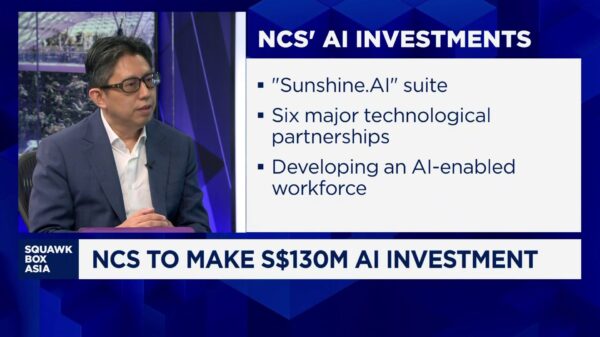Exxon Mobil’s recent arbitration loss to Chevron over the $53 billion acquisition of Hess has left the company at a strategic crossroads. The arbitration panel ruled against Exxon, denying it a significant stake in Guyana’s Stabroek Block, a highly lucrative oil region. Despite this setback, Exxon’s financial performance in the second quarter of 2023 exceeded market expectations, with earnings reaching $7.1 billion, or $1.64 per share, compared to Wall Street’s estimate of $1.54 per share.
The company’s robust earnings were driven by record production levels of 4.6 million barrels per day, the highest figure since the 1999 merger of Exxon and Mobil. However, profits were still down 23% from $9.2 billion in the previous year, largely due to a 10% decline in oil prices year-over-year, attributed to increased output from OPEC+ countries.
CEO Darren Woods has signaled a willingness to explore further acquisitions, raising the question of whether Exxon will focus on expanding its presence in the Permian Basin or seek opportunities in deepwater assets.
Permian Basin: A Key Focus for Expansion
The Permian Basin remains a strategic target for Exxon, particularly following its $59.5 billion acquisition of Pioneer Natural Resources in 2024. The region’s low-cost, high-output shale plays align well with Exxon’s strategy to enhance production efficiency. Potential acquisition targets include Occidental Petroleum, which holds substantial Permian acreage, though it faces financial constraints that may make it an appealing option for Exxon.
Another prospective target is Diamondback Energy, valued at approximately $42.7 billion, known for its operational efficiency and significant presence in the Delaware Basin. By acquiring these assets, Exxon could leverage its existing infrastructure, reduce costs, and further increase output in a region where it already achieved a record production of 1.6 million barrels per day in Q2. Nevertheless, rising asset valuations and heightened competition in the Permian may challenge Exxon’s ability to secure favorable deals.
Shifting Focus to Deepwater Projects
Alternatively, Exxon may consider deepwater acquisitions, particularly in promising areas such as the Gulf of Mexico or offshore West Africa. These high-margin, long-life projects present a buffer against price volatility and complement Exxon’s experience in capital-intensive operations, as exemplified by their activities in Guyana.
Possible targets in the deepwater domain include Kosmos Energy, with its stakes in high-yield fields in Ghana and Equatorial Guinea, and Murphy Oil, which operates in the Gulf of Mexico. Such acquisitions would not only diversify Exxon’s geographic footprint but also mitigate risks specific to the Permian region, such as regulatory pressures and resource saturation.
However, deepwater projects come with their own challenges, including higher initial costs and environmental scrutiny, which could complicate public perception and operational integration.
Returning Value to Shareholders
As an alternative to acquisitions, Exxon could prioritize returning value to shareholders through its substantial free cash flow (FCF). In Q2, the company returned $9.2 billion to shareholders, including $4 billion in dividends and $5 billion in share repurchases. Exxon aims to buy back an additional $20 billion in shares this year.
With ongoing cost reductions totaling $1.4 billion for 2025 and $13.5 billion since 2019, Exxon has the potential to increase its dividend yield, currently at around 3.5%, creating enhanced returns for shareholders without the complications of mergers and acquisitions.
While this approach could reduce integration risks and avoid inflated asset prices in a volatile market, it might also limit Exxon’s growth in reserves and production, potentially allowing competitors like Chevron to gain ground in high-growth regions such as Guyana.
In conclusion, Exxon Mobil’s recent challenges and strategic opportunities illustrate the complexities of navigating the energy sector. Whether through expansion in the Permian Basin, a shift towards deepwater assets, or a focus on shareholder returns, each path carries unique risks and rewards that will shape the company’s future trajectory.




























































